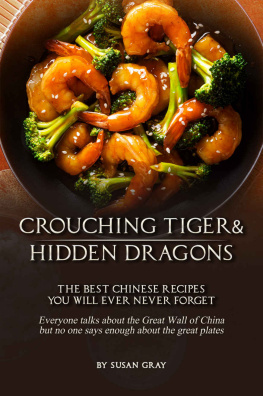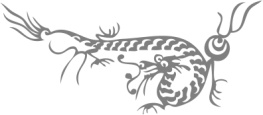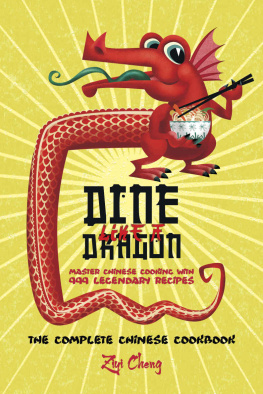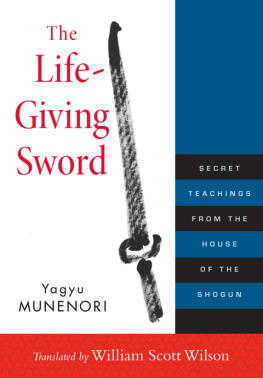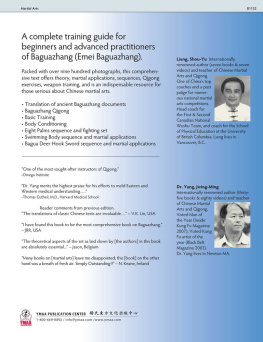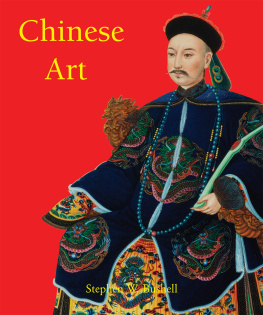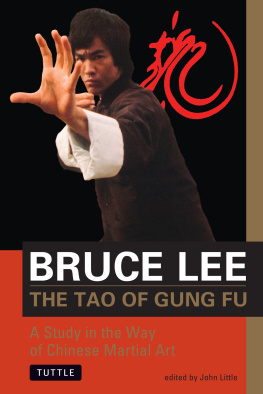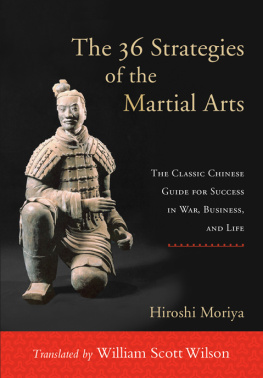Contents
Fundamentals of the Wudang Sword Method
Selected Translations
with Commentary from a Manual of
Chinese Swordsmanship
by Scott M. Rodell
Seven Stars Books and Video
Annandale, Virginia

www.sevenstarstrading.com
Published by Seven Stars Books and Video
copyright: Scott M. Rodell 2015
Printed in the United States of America
No part of this book may be used or reproduced in any manner whatsoever without the written permission of the author except in the case of brief quotations embodied in critical articles and reviews.
isbn, print edition: 978-0-9863464-3-9
isbn, ebook edition: 978-0-9863464-4-6
For information:
Seven Stars Trading Co., 3543 Marvin Street, Annandale, VA 22003-1712
www.sevenstarstrading.com
All Rights Reserved
Introduction
Very few books on Chinese Swordsmanship from either the Ming or Qing periods have survived. Fortuntately, Huang Yuan-xiou (Rendered in modern pinyin as Huang Yuanxiu, ) preserved the teaching of his teacher, Li Jinglin ( ), 1885-1931, in his book, the Fundamentals of the Wudang Sword Method. Li was no less than the most celebrated jink ( ), Chinese swordsman, of recent times. His skills were of such renown that he came to be called the Sword Immortal ( ). Huangs book on Lis method, though published in 1931 during the Chinese Republic, captures the essence of Chinese swordsmanship as it was practiced during the imperial age.
According to Huang, Li came from a wealthy family in southern Hubei. The Lis were a martial arts family. His grandfather was famous fighter in the region. And the future generals training began under his father. When he was older, Lis travels north of the great wall brought him into contact with a teacher from Anhui, Chen Shijun ( ). Chen, a successor to Wudang Sect martial arts, knew the Heaven, Earth and Man levels of the Wudang sword art ( D pn , tin pn , rn pn , , , ). Li studied with Chen for several years. He also studied Yang Style tijqun (sources vary as to whether Li studied with Yang Banhou or Yang Jianhou), wrestling and spear. This training took place during waning years of the Qing dynasty. The late 19th and early 20th century was a time of great change and upheaval in China. The last imperial dynasty, the Great Qing was collapsing and Li took an active part in events on several sides of the conflict. Leaving his teacher he joined the army and studied at the Baoding Accelerated Training School. Before leaving for the army, his teacher told Li, Your root (skill) is rather deep. Moreover, we were brought together by fate. You have already reached the man level of swordsmanship. If you continue, you will reach the earth and heaven levels of the sword art. Then I can pass on the art (to you, and you will) become a sword hero. If you abandon training for other things, it is foreseen that (you will) achieve high rank and fame. But this will be futile later and will not help the nation in the least. Five years from now, you will be famous. Ten years from now, you will arrive at the border (of the country). Fifteen years later, (you will be) drifting in all directions, in public and personal life both there will be no actual accomplishment. Remember, Twenty years from now, we may possibly meet in the area of the Jiang and Huai rivers ( ).
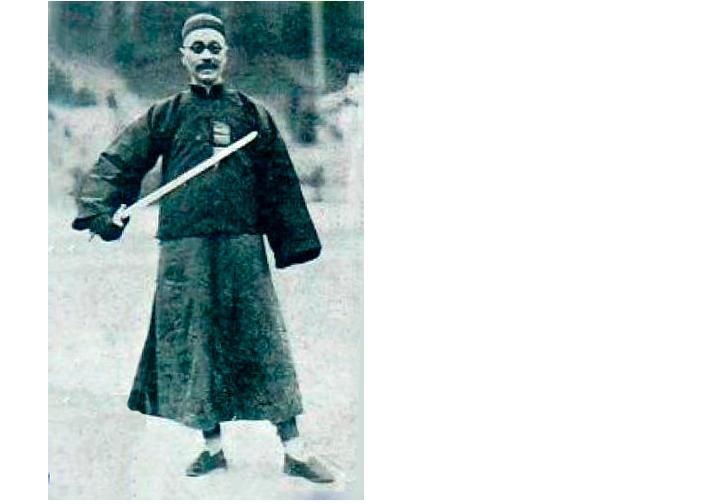
Li Jinglin ( ), 1885-1931
There is however, some disagreement with Huangs presentation of Lis lineage history. Other practitioners in Lis lineage record that his Wudang jinf ( ) teacher was one Song Weyi ( ), who he first met at the Baoding Military Academy in 1905. It would be quite unusual for any student of a traditional martial art not be aware of his teachers teachers name and to in fact not be familiar with the history of his lineage. This is particularly true of a student, like Huang, who wrote a book about the lineages teaching with his own masters permission. Part of the confusion may have simply been that Li Jingli had more than one sword teacher, the art he passes on is a synthesis of all his training. Guan Chao ( ), who claims to have studied with a cousin of Lis suggested that Chen was Lis tutor as a boy and was also the first to teach him sword. Furthermore, Guan suggested that while Li studied the Wudang sword style with Song, he never became a formal disciple student. So by tradition, while he could teach this art, he could not inherit or pass on this lineage.
Contemporary martial artists have mostly mostly forgotten Lis military career and he is often presented as a patriot of the Chinese Republic. Li Jinglin however, began his military life as a Han Bannerman under the Qing. During the Xinhai Revolution, Li was a Captain in the Qing Court Second Suicide Squad ( ). In this role, he lead the suppression of the rebellion in Hanyang. His valor on the battlefield lead the Qing Court to award him the Imperial Yellow Jacket ( Hung Mgu , ). (Granted for particularly meritorious civil or military service, this jacket was considered the highest honor during the Qing dynasty as yellow was a color normally reserved solely for the Imperial family.)
The fall of the Qing did not end Lis military career. In fact, his skill at strategy and in military affairs saw him rise through the ranks and serve in more than one army. The twists and turns and regular battles of the Warlord Period are bewildering. Alliances frequently changed, sometimes quickly, and Li found himself switching sides as he successively held a number of high ranking posts. He began as Chief of the General Staff of the Heilongjiang Division and Brigade Commander in the Fengtian Army. The Fengtai army, under Zhang Zoulin, controlled Manchuria and Zhang was fiercely anti-Republican, supporting the restoration of the Qing dynasty. Li was one of his "Five Tigers" serving as his First General of the Armies of the three Eastern Provinces. Later, Li rebelled against Zhang, siding with another warlord, Duan Qirui. When Lis troops were driven out of Tianjin by Nationalist troops, he retreated to Shandong and was eventually dismissed of all posts. Given the conditions, he retired from the army and moved south. When hostilities once again broke out in 1930, with Yan Xishan and Feng Yuxiang facing off with Chiang Kai-shek the central plains of China were again in chaos. Under the command of the National Government, Li Jinglin organized attacks in Jinan helping Chiang remain in power.
Throughout the ups and downs of Lis military career, he could be described as a man with a checkered past. When Lis troops occupied Tianjin while he served under Zhang, a repressive, predatory regime was established. This regime was infamous for for extorting money from local merchants. Like many warlords of the period, Li was a member of the Green Gang ( Qng Bng , ). The Green Gang was originally created as a sort of union to protect workers along the grand canal, but by the 20th century it evolved in to a criminal gang that reaped profits from opium, extortion, gambling and prostitution. This gang provided major financial support to Chiang Kai-shek. The Green Gang also was responsible (along with other criminal gangs) for the 1927 White Massacre of approximately 5,000 pro-Communist strikers in Shanghai. Though a man of the 20th century, his three wives and devotion to the sword, demonstrate Li was also a man that clearly had one foot in the past.
Lis military career came to a close with Chiang victory and he settled in Nanjing. There he was named vice-president of the National Martial Arts Academy, also known as Central Hall for National Martial Arts ( Zhngyng Ggushgun , ). His work there, along side many other noted teachers of the time (including Yang Chengfu), was to standardize Chinese martial arts, raising them to a new level by the training skilled instructors.


